Don’t forget to click play above to hear Softday discuss their collaboration of 22 years, playing the sounds of Cork Harbour’s pollution on the giant church bells of St Colman’s, and the arsenic they discovered in Dublin’s Grand Canal Dock for their most recent project, Uisce Salach.
The interview starts with Seán Taylor describing his own journey in art.
Cobh may still be revelling in the triumph of their new Tidy Towns title of Tidiest Large Town, but the historic harbour town also has a more dubious superlative to its name: it’s the cancer capital of Ireland, according to data collected in the nineties and ‘00s by the National Cancer Registry of Ireland.
But while there’s a temptation to form a narrative around a causal link between Cobh’s industrial past as a source of potential carcinogens and the abnormally high rates of cancer, having examined all the data, sound art duo Softday have hit on another, under-examined potential cause for the deadly trend: naturally occurring radon gas.
“You have a fault line going straight across Cobh, North to South, in the bedrock, where radon gas escapes,” Mikael Fernström tells me. “You get the best correlation on the map between cancer patients and this line.”
Of course, Cobh is also directly adjacent to the former Irish Steel plant at Haulbowline, where a 22-acre site held 500,000 tonnes of toxic waste, including known carcinogens like Cadmium-6, for decades until it was transformed into a public park.
But science does not make suppositions: science examines the data. “Is it coincidence or correlation or causation? That’s a big difference,” Fernström points out.
Residency in Cobh
Fernström, a computer scientist and musician, and his collaborator, artist Seán Taylor, have spent quite a lot of time in Cobh: as Softday, the name their art collaboration trades under, they have gathered samples of the water of the harbour, recorded its under water sounds with hydrophones, held a sound-based walking tour, orchestrated the composition and recording of an anti-incinerator sea shanty, and heard their composition, based on toxic pollutants present in the waters of the harbour, played out over the town on the great bells of St Colman’s Cathedral.
They held a residency in Sirius Arts Centre in 2017, returned in 2018 for a performance of their work, and were due to be back on December 11, the day this article is published, for the launch of a film of their most recent work, Uisce Salach.
Formerly both lecturers in Limerick, with Fernström recently retiring from his role at UL while Taylor continues to teach at Limerick School of Art & Design, Fernström is originally from Sweden and moved to Ireland in 1991 and Taylor is from Cork and studied in the Crawford College of Art & Design.
You could describe Softday as sound artists, but they’re really a lot more. They perform, sometimes with the aid of musical ensembles derived from social engagement in their work. They stage events such as the performance of their piece, All Things Are Not Quiet Silent, on the bells of St Colman’s Cathedral. Sometimes they even produce artefacts like USB keys of their music.
Impressively, Softday’s anti-incinerator sea shanty, written specifically with the long-term Cork Harbour environmental campaign to prevent Indaver from building a waste incinerator, pre-dated the TikTok sea shanty craze of early 2021.
Having been rejected for performance by The Molgoggers, Cobh’s well-known shanty group, on the basis of its inflammatory lyrics, a group called the Deep Water Singers was formed and the song was recorded remotely in 2020:
Thinking with our ears
Softday’s work in translating environmental, meteorological and other data into music using algorithms they devise usually has an ecological slant.
Marbh Chrios (2010) was based on data from marine dead zones, of which Ireland now has 20, in Donegal, in collaboration with local trad musicians, Met Éireann and the Marine Institute.
Their most recent work, Uisce Salach, was a Dublin-based project backed by a large citizen science project that gathered water samples all over the Liffey basin, with depressing and at times alarming results.
Dublin’s dirty water: arsenic in Grand Canal Dock
“Upstream was generally worse because the lower down the river you go the more seawater there is,” Fernström says. “The water upstream tended to be quite shitty.”
Another discovery was high levels of arsenic in Grand Canal Dock, a popular amenity for capital city dwellers, where in the summer, it’s possible to see swimmers and kayakers.
The dock used to be where boats were painted, and Taylor believes there could be old paint residues in the silt at the bottom of the canal.
Uisce Salach was performed live at Liberty Hall Theatre by the Irish Chamber Orchestra led by Kenneth Rice, in combination with the Softday Citizen Scientist Ensemble, on World Water Day in 2019 and a film was made, Uisce Salach: The Movie.
From their original collaboration in 1999, a composition called Blian le Báisteach using Ireland’s annual rainfall figures,Taylor and Fernström are playing with data that frequently seem like the metrics of humanity’s death knoll.
“Someone once said that Softday are making a soundtrack to our destruction,” Taylor says. “I don’t see it exactly like that, but I can’t quite get my head around it that you can get a beautiful piece of music from such terrible data.”
Softday’s launch for Uisce Salach: the Movie was due to take place in the Sirius Arts Centre in Cobh at 3pm on Saturday December 11. Due to Covid-19 concerns, this launch will now take place online and the film will be available to view online. Check the Sirius website and social media or Softday’s Facebook or Twitter for details of how to obtain a link.

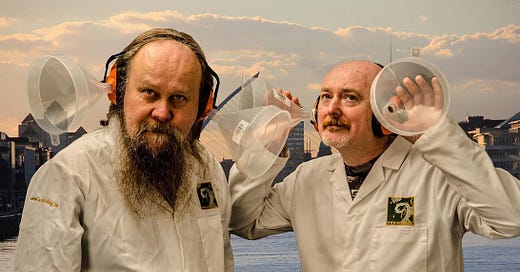




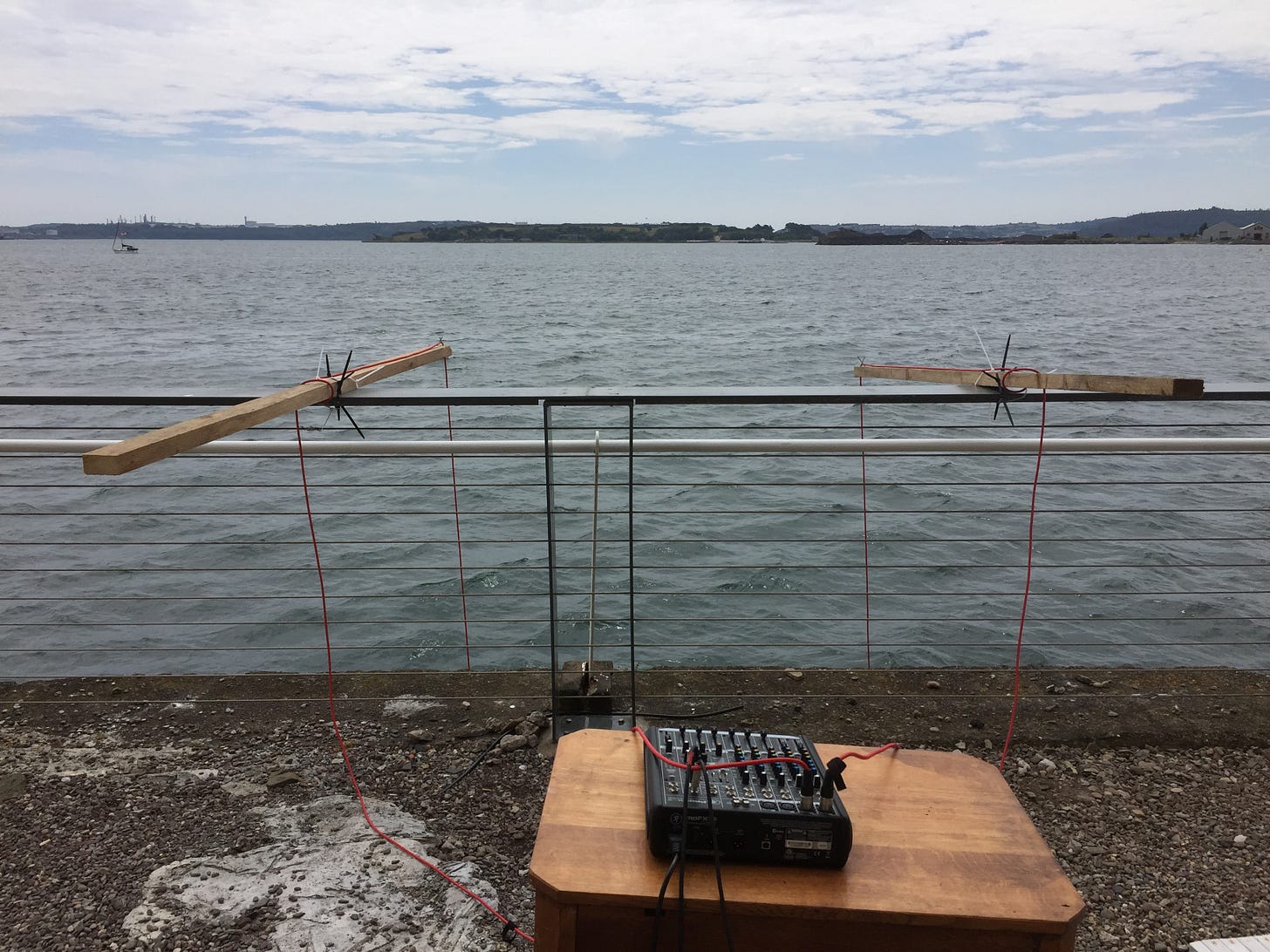
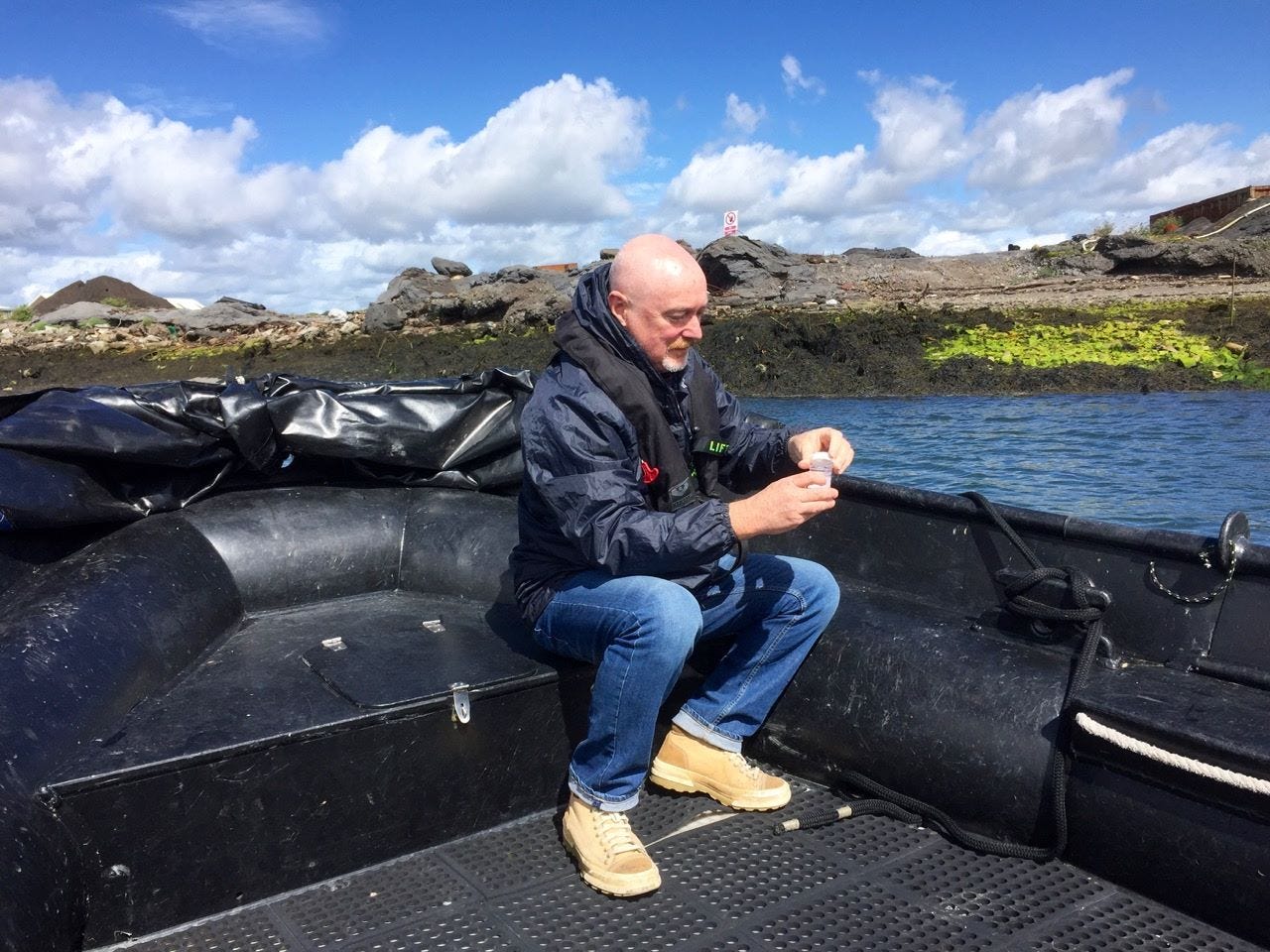
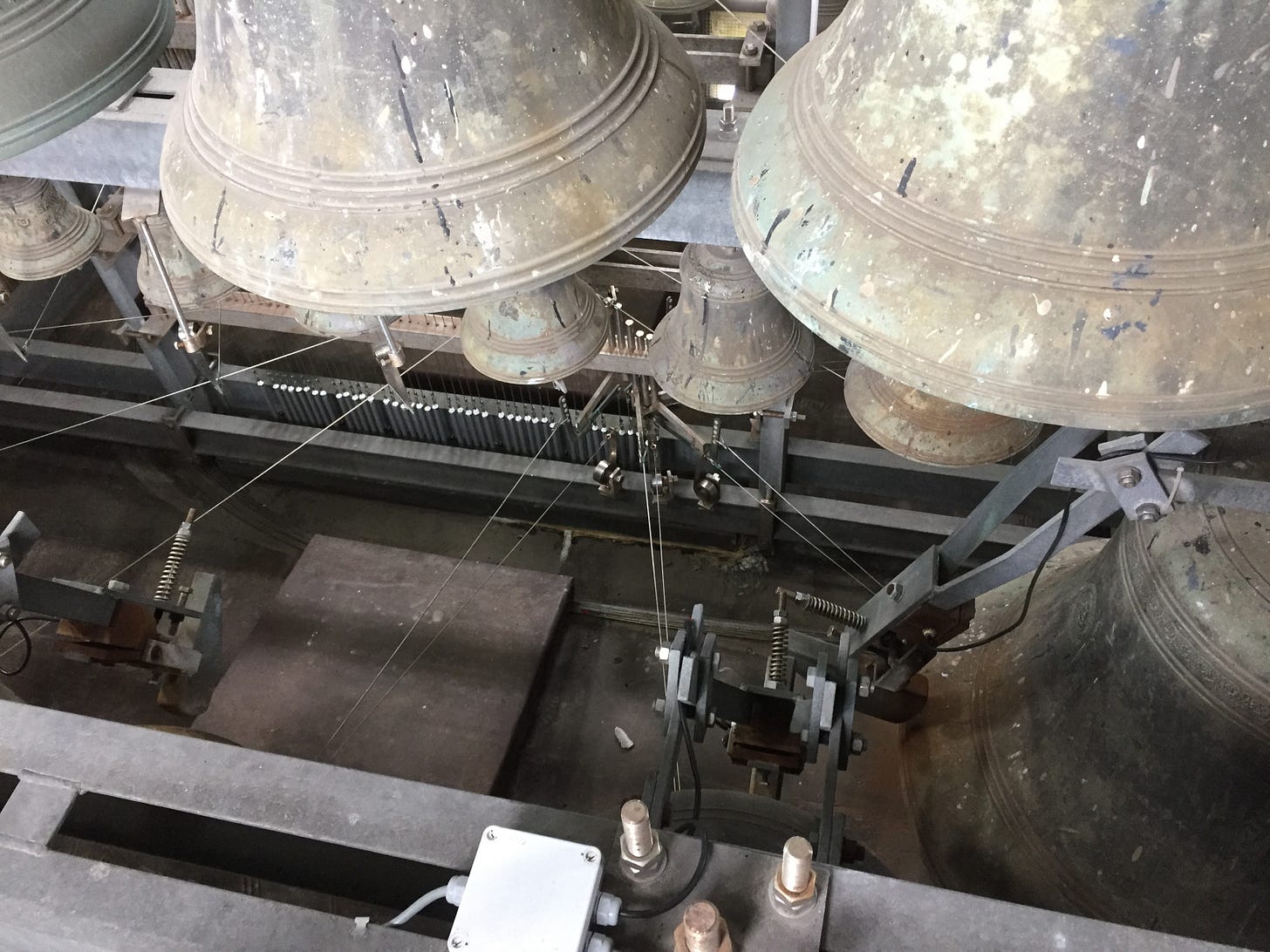

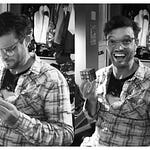
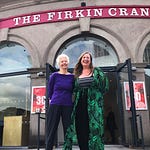
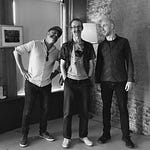
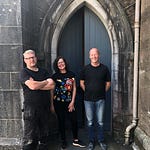
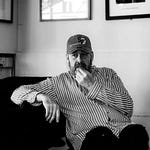
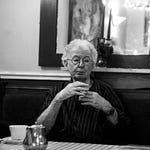
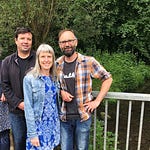

Share this post